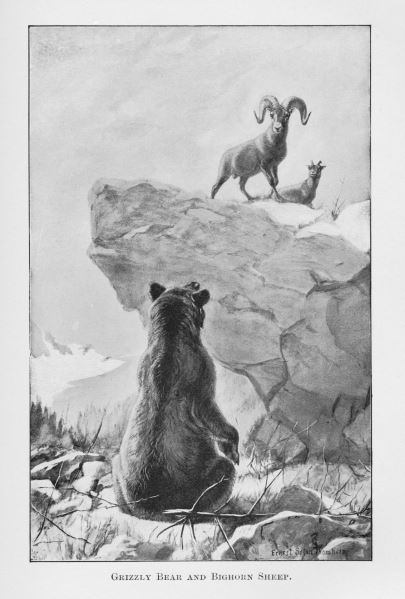 When settlers arrived in the Snake River Valley in the 19th century, they certainly would have had a hard time picturing our growing city, with its sushi restaurants, rentable scooters, and like a hundred car washes. Looking back, on the other hand, picturing what this land looked like before permanent settlement seems easy. Pretty much just like it looks now, but without all the buildings, right?
When settlers arrived in the Snake River Valley in the 19th century, they certainly would have had a hard time picturing our growing city, with its sushi restaurants, rentable scooters, and like a hundred car washes. Looking back, on the other hand, picturing what this land looked like before permanent settlement seems easy. Pretty much just like it looks now, but without all the buildings, right?
Not exactly.
“There’s been a lot of change in a short time, biologically,” says Gregg Losinski, an educator who spent nearly 30 years at Idaho Fish & Game and now teaches at the museum, among other venues. “Everything else in nature moves slowly until humans get involved.”
Native populations had affected the Idaho landscape for thousands of years through hunting and fire, but tended not to settle in one place permanently. The wildlife and landscape that they and the first settlers in the mid-1800s saw was vastly different from what we see now. Some species have been harmed, while others have benefited. When you alter an ecosystem in delicate balance, you can’t always predict the second- and third-order effects.
For one thing, says Losinski, the local landscape in the mid 19th century was much harsher than it is now. When Osborne Russell, a trapper, first arrived in the area in 1834, he wrote, “This is the most lonely and dreary place I think I ever saw.” As he trekked through Eastern Idaho and the Yellowstone/Teton region over the next 9 years, he talked of dust, “dry plains covered with wild sage and sand hills,” and 3 feet of snow in the winter.
He had kinder words for Teton Valley (then called Pierre’s Hole) and described wonders like Grand Prismatic Spring and Soda Springs. But in the “great valley of Snake River,” he didn’t find many trees, “excepting the quaking Asp which grows in small scrubby groves in the nooks and ravines among the hills.”
Indeed, says Losinski, the area where Idaho Falls now sits was a floodplain on the edge of a desert.
As settlers dug canals, built dams and fenced off property, they transformed the valley, making it suitable for farming, while inadvertently altering wildlife habitats and restricting animals’ access to traditional food sources.
One of the biggest changes came with the introduction of domestic livestock such as sheep and cattle. Just as European settlers brought diseases to Native Americans, domestic livestock brought diseases to wild animals in the area, decimating populations like the bighorn sheep, which were abundant in what is now Eastern Idaho. The number of places named after sheep in our area can attest to that. So can the Shoshone, many of whom were known as Sheepeater Indians for decades.
Other animals that roamed our area back then included large numbers of antelope, grizzly bear, and bison. Russell surveyed the area from Menan Butte in 1835 and wrote, “The Buffaloe were carelessly feeding all over the plain as far as the eye could reach.” Until trappers like Russell came along, beavers were plentiful along the river as well, but they were all but gone by the time Idaho Falls was founded in 1864.
With its various ecosystems—mountain, forest, desert, river plain—all in close contact, Eastern Idaho has always drawn diverse wildlife. That said, many of the species we often think of as native to our area are not native at all. Losinski notes that mountain goats were brought after the area was settled. So were rainbow trout, which couldn’t traverse Shoshone Falls until people with buckets helped them out. Habitat change has caused moose and elk to thrive in Eastern Idaho like never before. And white-tailed deer, geese, and of course raccoons also followed people here.
Just in case anyone thought change is new to Eastern Idaho.
Click here to read more of the January issue of Idaho Falls Magazine.